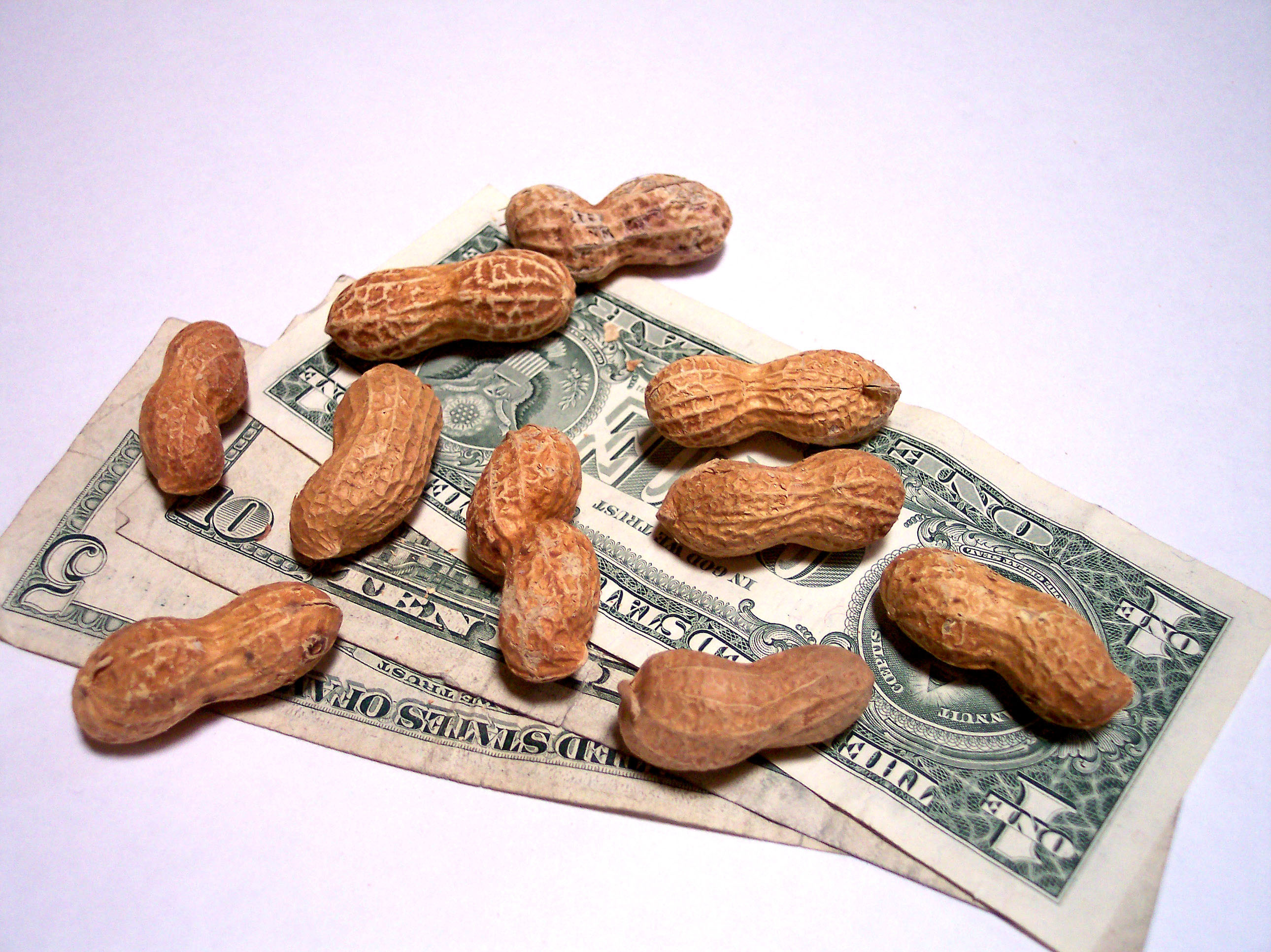Negative Interest Rates Are Coming.
The debt and deflation disease is gradually working its way through the economic body…moving from the extremities to the vital organs, what are the financial doctors prescribing? A massive injection of negative interest rates…in the hope of creating more debt. Brilliant!!!, But will the injection of negative rates achieve the desired objective? To answer that question we have to understand the mechanism of negative rates. Quantitative easing (money creation) and negative interest rates are the central bankers’ stimulus tag team.
‘The European Central Bank has unleashed a bigger than expected package of measures to stimulate the eurozone economy, with expanded quantitative easing [QE], incentives to banks to increase lending and further [negative] interest rate cuts.’ — Financial Times 10 March 2016.
Firstly, central banks release excessive levels of QE into the system. At present, the European Central Bank (ECB) is printing €80 billion a month to buy government and corporate bonds from the private sector. What do the private sector banks do with that money? It ends up in their cash reserves.
Under the complex rules of banking, solvent banks must satisfy minimum cash reserve requirements…a percentage of depositor funds to be held with the central bank. For example, a bank with deposits on its books totaling $100 billion might be required to have a 10% cash reserve requirement ($10 billion) lodged with the central bank. When there is excessive QE (money creation), a bank’s cash reserve level can easily exceed the minimum reserve requirement…this is a deliberate ploy by central bankers. The excess cash reserves (manufactured by QE) are then penalized under the negative interest rate regime. In the above example, if the bank’s cash reserves ballooned to $30 billion, the central bank negative rate would apply to $20 billion (the amount in excess of the 10% cash reserve requirement). The ECB interest rate is MINUS 0.4%. Therefore, based on having $20 billion in excess reserves, a European bank would be charged $80 million to deposit the surplus requirement with the ECB. Not an insignificant amount of money.
Here’s the simple version: Central banks create the money, out of thin air, to give to the banks. The banks then give it back to the central bank and are penalized for doing so. In theory, the name of the game is to lend, lend, and lend that excess cash. But theory and practice do not always align.
- Prev
- Next >>

